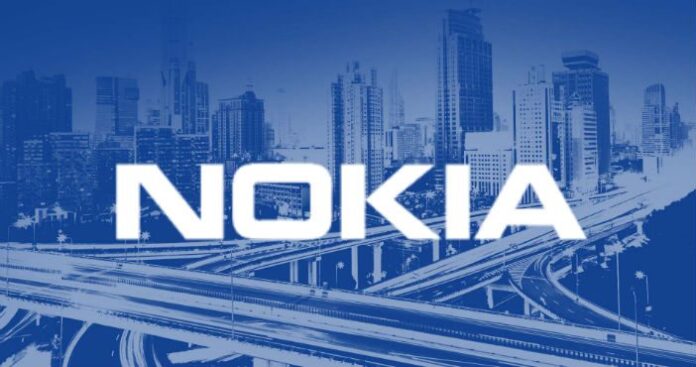Nokia Networks announcement ahead of Mobile World Congress
Nokia Networks announced a cloud-based network architecture targeting telecom operators designed for dynamic allocation of resources using existing transport and access infrastructure. The platform includes the Nokia Radio Cloud, Nokia Cloud Security Director, a commercially available Nokia Cloud Evolved Packet Core and Nokia Cloud Network Director, which virtually orchestrates the EPC and can support voice over LTE.
Company representatives are scheduled to showcase the solutions at this year’s Mobile World Congress trade show.
Henri Tervonen, Nokia Networks VP of mobile broadband architecture, called the new solutions “the first radio cloud architecture that offers a layered approach with different deployment models to optimize performance by enabling basic capacity to build near cell sites, with peak capacity in the data center being redirected to follow traffic demand.”
The Nokia Radio Cloud is designed to tap network resources from anywhere in the network, like a nearby cellular site or a central data center. The multi-layer approach uses different fronthaul schemes, including Ethernet fronthaul.
The Nokia Cloud Security Director is said to support multiple vendors and allows the network operator to push security policies and functions through the cloud.
“Through cloud V-RAN, we expect to see more intelligence implemented in telecommunications networks and innovations in value-centered networks,” said Jin-hyo Park, SK Telecom director of networks technology center, in a prepared statement tied to the Nokia announcement. “SK Telecom will continue to cooperate closely with global companies like Nokia to develop core technologies for the next-generation networks, thereby leading advancements in 5G networks and LTE-A technology.”
Nokia said its Radio Cloud solution can be built on multiple network layers starting with radio hardware and antennas at the cell site, which are connected to distributed cloud servers through fronthaul. The cloud servers combine the cells into one network allowing for coordination of data traffic.
The radio elements and cell sites are also connected to a data center and EPC, which supports spikes in network capacity demands.

